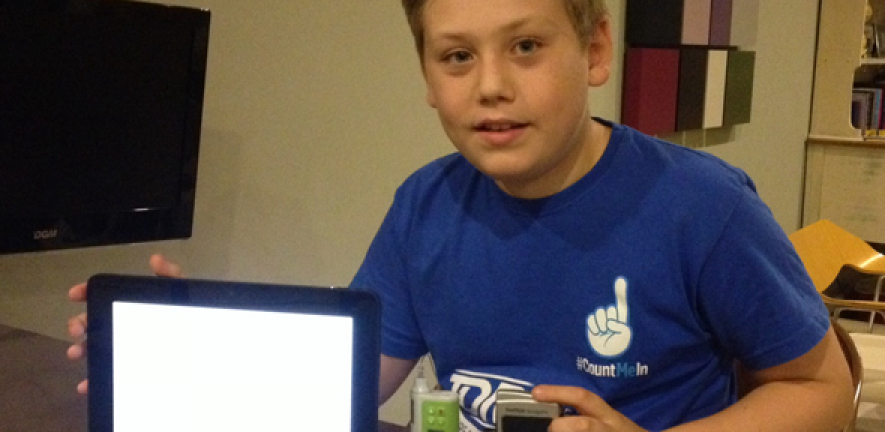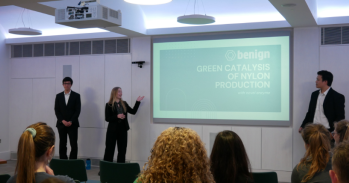
Technology assisting people with type 1 diabetes edges closer to perfection.
Technology assisting people with type 1 diabetes edges closer to perfection.
The data clearly demonstrate the benefits of the artificial pancreas when used over several months
Roman Hovorka
An artificial pancreas given to children and adults with type 1 diabetes going about their daily lives has been proven to work for 12 weeks – meaning the technology, developed at the University of Cambridge, can now offer a whole school term of extra freedom for children with the condition.
Artificial pancreas trials for people at home, work and school have previously been limited to short periods of time. But a study, published today in the New England Journal of Medicine, saw the technology safely provide three whole months of use, bringing us closer to the day when the wearable, smartphone-like device can be made available to patients.
The lives of the 400,000 UK people with type 1 diabetes currently involves a relentless balancing act of controlling their blood glucose levels by finger-prick blood tests and taking insulin via injections or a pump. But the artificial pancreas sees tight blood glucose control achieved automatically.
This latest Cambridge study showed the artificial pancreas significantly improved control of blood glucose levels among participants – lessening their risk of hypoglycaemia. Known as ‘having a hypo,’ hypoglycaemia is a drop in blood glucose levels that can be highly dangerous and is what people with type 1 diabetes hate most.
Susan Walls is mother to Daniel Walls, a 12-year-old with type 1 diabetes who has taken part in the trial. She said: “Daniel goes back to school this month after the summer holidays – so it’s a perfect time to hear this wonderful news that the artificial pancreas is proving reliable, offering a whole school term of support.
“The artificial pancreas could change my son’s life, and the lives of so many others. Daniel has absolutely no hypoglycaemia awareness at night. His blood glucose levels could be very low and he wouldn’t wake up. The artificial pancreas could give me the peace of mind that I’ve been missing.”
“The data clearly demonstrate the benefits of the artificial pancreas when used over several months,” said Dr Roman Hovorka, Director of Research at the University’s Metabolic Research Laboratories, who developed the artificial pancreas. “We have seen improved glucose control and reduced risk of unwanted low glucose levels.”
The Cambridge study is being funded by JDRF, the type 1 diabetes charity. Karen Addington, Chief Executive of JDRF, said: “JDRF launched its goal of perfecting the artificial pancreas in 2006. These results today show that we are thrillingly close to what will be a breakthrough in medical science.”
Reference:
Thabit, Hood et al. ‘Free-living Home Use of an Artificial Beta Cell in Type 1 Diabetes.’ New England Journal of Medicine (2015). DOI: 10.1056/NEJMoa1509351
Adapted from a JDRF press release.

The text in this work is licensed under a Creative Commons Attribution 4.0 International License. For image use please see separate credits above.




